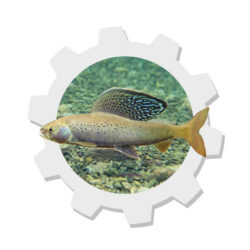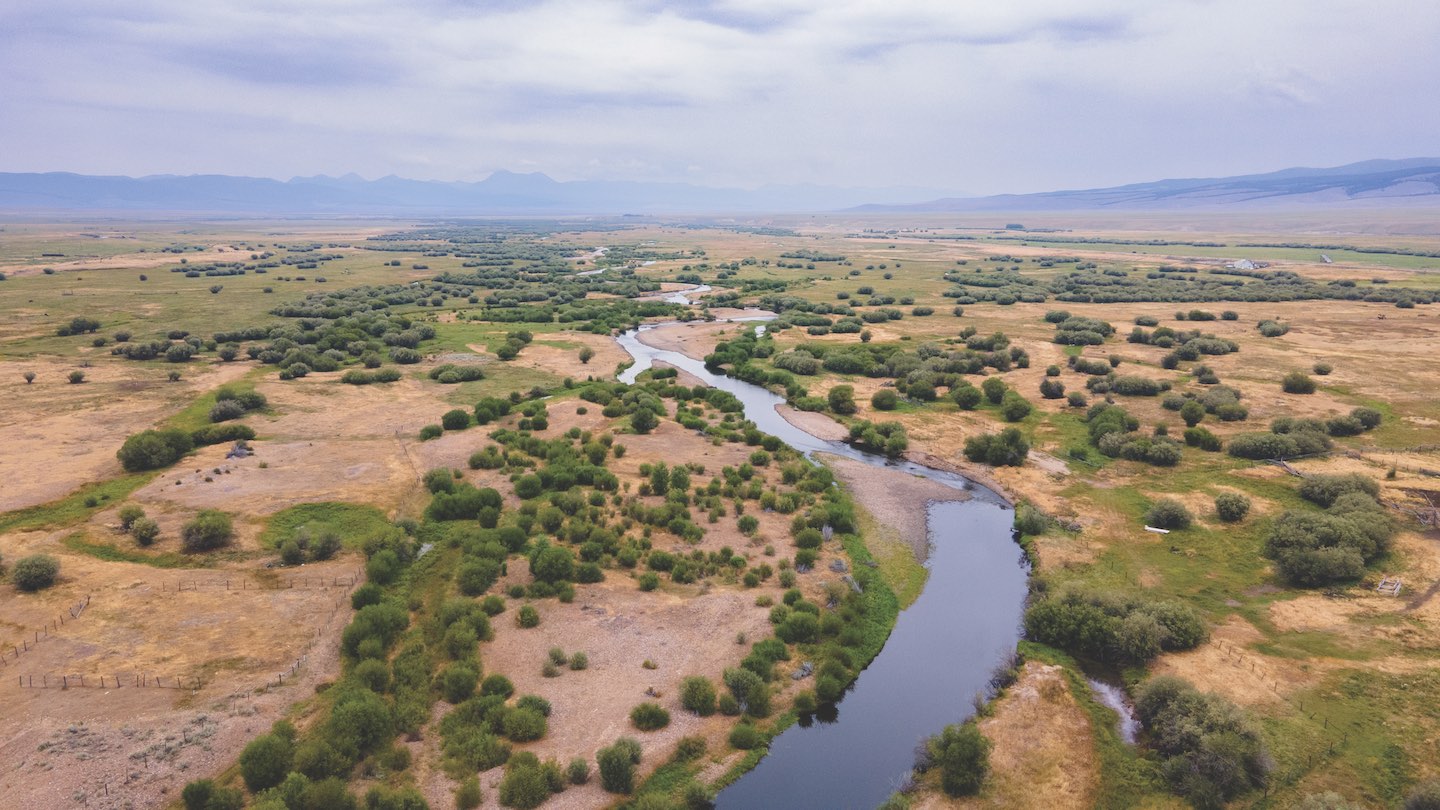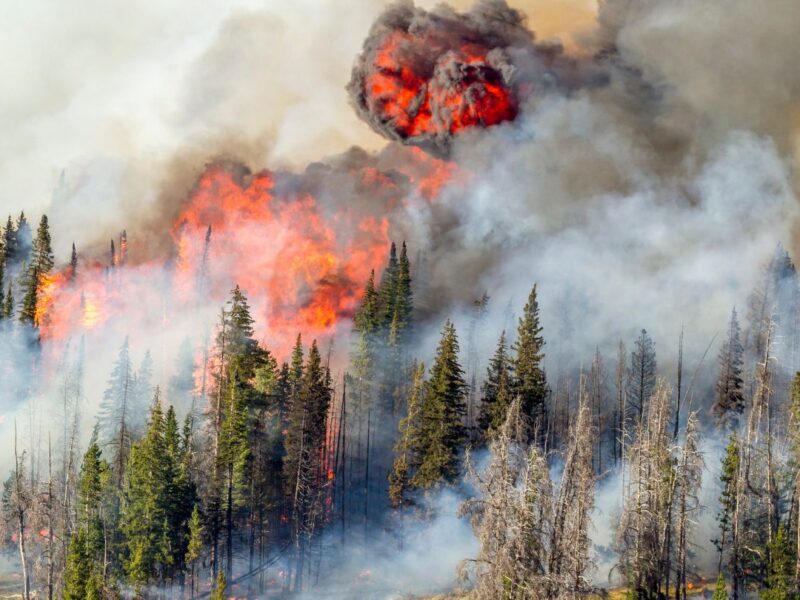All together for the grayling

The beautiful fish that ignited a pioneering collaborative conservation model in Montana may not survive climate change. Was it worth it?
In the summer of 1988, as apocalyptic wildfires ravaged Yellowstone National Park 150 miles to the east, a stretch of the Big Hole River in southwest Montana went dry for 24 consecutive days. The disaster sparked concern for the survival of one of the last remaining fluvial (river-living) populations of arctic grayling in the contiguous United States.
Arctic grayling (Thymallus arcticus) is a species of salmonid native to northern Canada, Alaska, Montana and the Great Lakes. The population in the Great Lakes is now extinct. Once abundant in the entire upper Missouri watershed, native populations now persist only in a few tributary rivers, most prominently the Big Hole.
Out of uncertainty, collaboration
Following the drought in 1988, concern for the fish prompted the U.S. Fish and Wildlife Service (USFWS) to consider listing it under the Endangered Species Act (ESA). Fear of big changes to the economic and cultural life of the Big Hole flashed through the community. Out of the uncertainty, the Big Hole Watershed Committee was formed. At regular meetings, local ranchers, anglers, nonprofits, and state and federal partners found common ground solutions to the challenge they faced: How do we provide better habitat for arctic grayling while ensuring ranchers have enough water to irrigate? In the Big Hole, 90% of arctic grayling habitat flows through private working lands, making ranchers and the land they steward critical to their survival.
“If we don’t work with private landowners, we really are handcuffed about how effective we can be for conservation,” said Jim Magee, a biologist for the U.S. Fish and Wildlife Service’s Partners for Fish & Wildlife Program in the Big Hole Valley. The Partners for Fish and Wildlife Program provides free technical and financial assistance to landowners, tribes and other organizations interested in improving wildlife habitat on their land.
Together, the community got to work, reconnecting tributaries, improving irrigation systems and restoring riparian areas.
Conservation assurances
By bringing together so many partners, the watershed committee was able to secure significant funding for conservation work in the valley. “What makes this successful is the ranchers not having to bear the burden of the costs of a lot of things necessary to create a better habitat; head gates and fish ladders, riparian fences, all the things that you have in a toolbox to try and enhance the riparian,” said Blake Huntley, a fourth-generation rancher in the upper Big Hole. To date, over 500 conservation projects have been completed, using funding from the Land and Water Conservation Fund and a variety of other sources.
Another tool has helped smooth collaboration on the arctic grayling: a federally approved candidate conservation agreement with assurances (CCAA), a voluntary agreement that ensures landowners already supporting conservation of the species cannot be regulated to do more. The CCAA provides some certainty and peace of mind for ranchers, who want to support the fish but still require water to keep their operations viable.
“[The CCAA] was a different avenue of conservation… What was different in my mind is it wasn’t mandatory, it was voluntary,” noted Huntley, who signed onto the program when it was first introduced 10 years ago. Ultimately, the USFWS decided not to list the species, citing the collaborative win-wins taking place to support arctic grayling in the Big Hole. Today, more than 30 landowners are participating in the CCAA.
For all these reasons, the arctic grayling in the Big Hole is widely considered a collaborative conservation success story.
Climate unraveling
Despite the extensive recovery efforts, water temperatures in the Big Hole continue to rise, and the species’ future in the lower 48 is once again uncertain. In 2023, several groups sued the USFWS (again) to consider listing the species under the ESA. In spite of the resounding collaborative efforts, the fish may still go extinct in the lower 48, while populations in Canada and Alaska are still thriving.
This leads to a complex question: In a changing world, how can communities define, and achieve, conservation success?
According to Jim Magee, we need to consider the entire ecosystem. “We don’t have a magic wand to say if [arctic grayling] are going to be here in a hundred years or not, but if you look at all the other wildlife species that are doing well because of this… you have otters and moose and beavers and songbirds, and it doesn’t stop on the river bottom. It goes into the sage and into the forest. They’re all connected.”
The arctic grayling may have been the catalyst for collaboration, but now people are working together to thrive alongside all wildlife in the region. “Something people don’t think about,” Magee explained, “is we have economically sustainable ranches [here], keeping those rural landscapes open. [That’s] how we’re going to keep wildlife.”
Sorry, the comment form is closed at this time.






Pingback: 01 – Can ranchers save arctic grayling? – Working Wild University